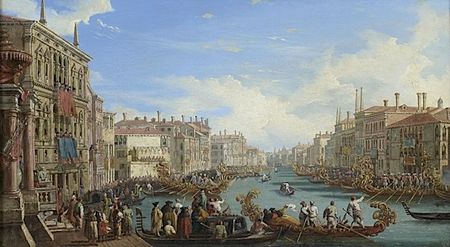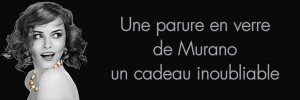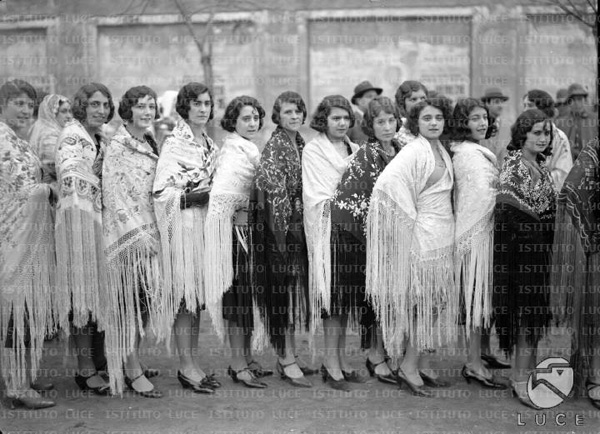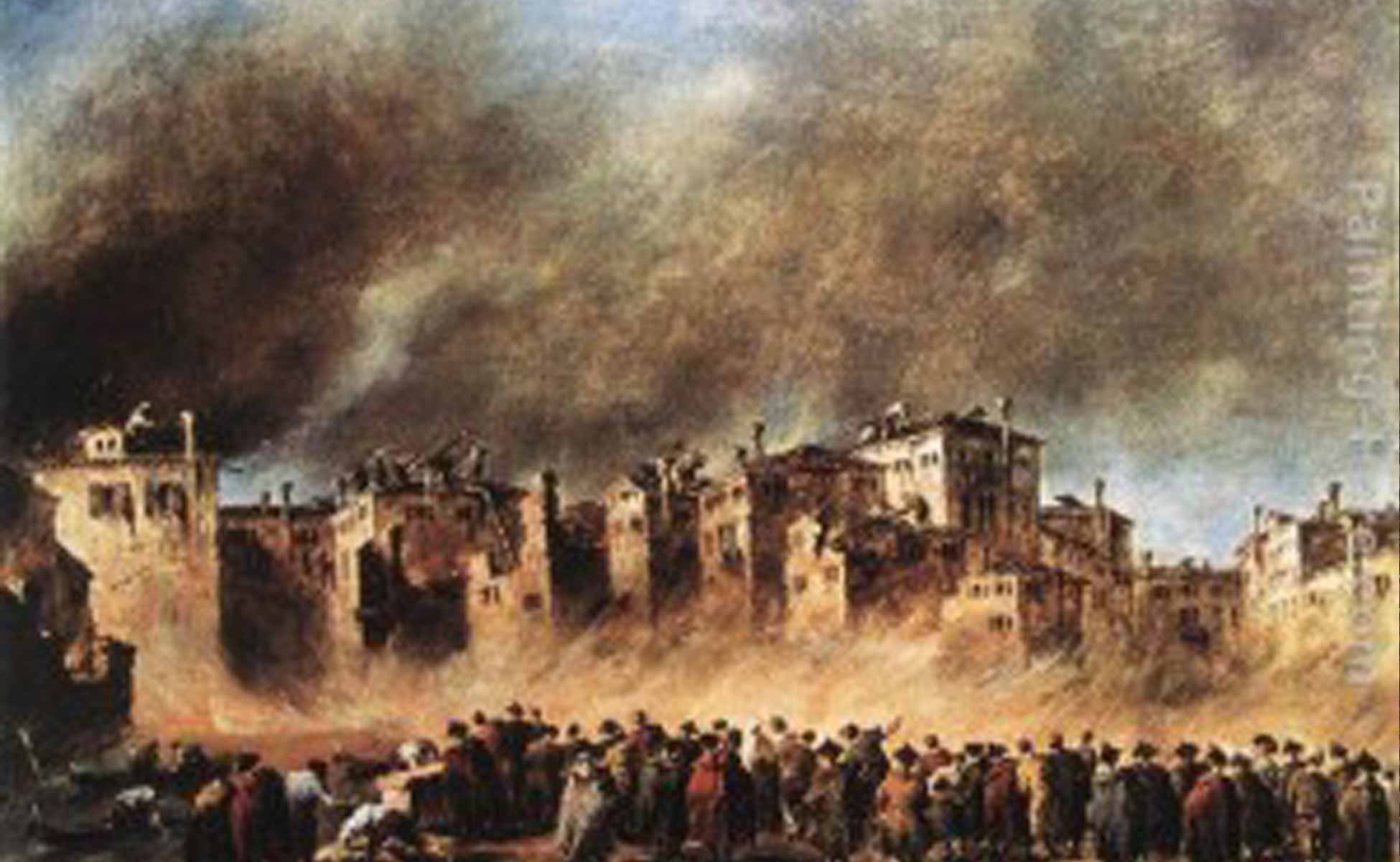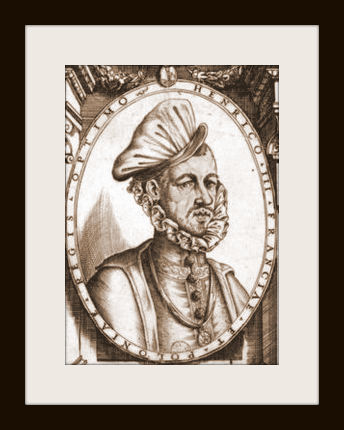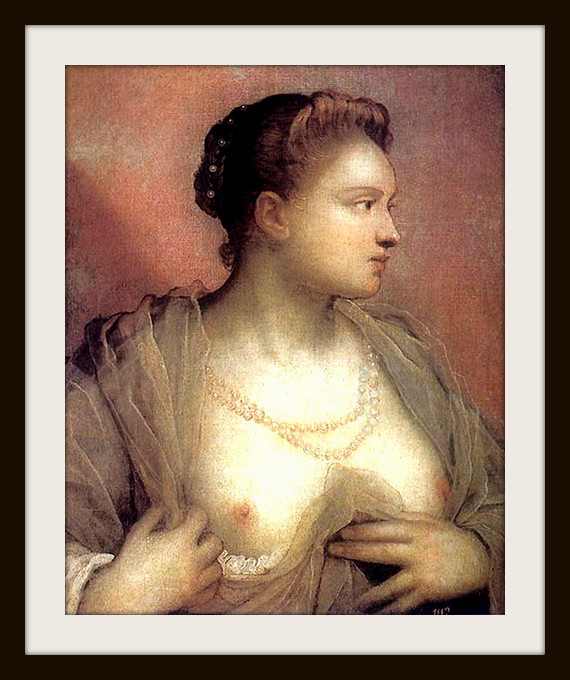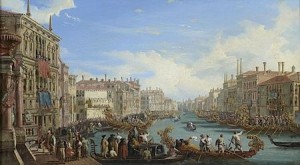 The origin of regattas must date back to the 13th century, given the competition between men, we can easily imagine fishermen and gardeners challenging each other to reach the markets as quickly as possible, a tradition that has been growing since the time of the first colonization of the lagoon.
The origin of regattas must date back to the 13th century, given the competition between men, we can easily imagine fishermen and gardeners challenging each other to reach the markets as quickly as possible, a tradition that has been growing since the time of the first colonization of the lagoon.
The English term "regatta", which is international today (in French "régate", in German "regatta" ... ) comes from the Venetian to name the ancestor of all modern rowing competitions. The origin of the word regatta (competition for mastery) comes from "riga" understood as the initial alignment of the competition and the contraction of "remigata" (rowing). The term regatta passed in Genoa in the thirteenth century arrives in England and France in the seventeenth century before arriving in Germany and Spain in the eighteenth century.
The tradition of Venetian origin of the race is linked to the Festa delle Maria which was celebrated in Venice around the year 942. In a small poem in Latin verse of 1300 is described a boat race rewarded with a prize "like the horse race of the time", the expression " positum praevia munus habet, ut solet in cursu fieri certamen equorum "is perhaps the oldest written statement of this race, except for a note in an old manuscript that speaks of a race that took place on September 16, 1274.
These writings do not show the existence of any real competition and excitement for this race, which will not arrive until after 1300. A decree of 1315 by Doge Soranzo established the day of St. Paul (January 25) as the day of the rowing race for young people. The decree does not give an official title to this event, however it was here that the practice arose among the archers of the arsenal to compete with each other on the great canal between San Marco and the Lido.
On May 31, 1531 another decree established that the arsenal built 25 galleys specifically for the competition that would take place four times a year during the religious holidays, SS. Apostoli, della Sensa, di S.ta Marina e di San Bartolomeo. The first crew was entitled to 200 ducats, the second 150, the third 100 and so on until the 40th .
But races have become widespread and have been organised on social occasions or during visits by celebrities. In 1369 two races were organised in honour of the Marquis Nicolò d'Este of Ferrara, in 1441 there were races for the marriage of a Foscari Jacopo to Lucrezia Contarini, in 1422 several races were organised in honour of Francesco Sforza and his wife.
The year 1493 is important, it is on this date that a women's race took place for the first time: 48 women from the islands "in linen clothes" ran in honour of Eleonora d'Este on 12 boats with 4 oars.
After the fall of the Republic in 1797, Venice lost its sumptuous races, but the regattas did not disappear.
We arrive in 1899 when the Festive Citizens Committee appointed for the Third Biennial had the idea of reviving this sumptuous regatta during the art exhibition supported by Filippo Grimani ( the golden mayor ) with the help and enthusiasm of the Venetians, the Committee succeeded in creating the first great "Historical Regatta" of modern times.

